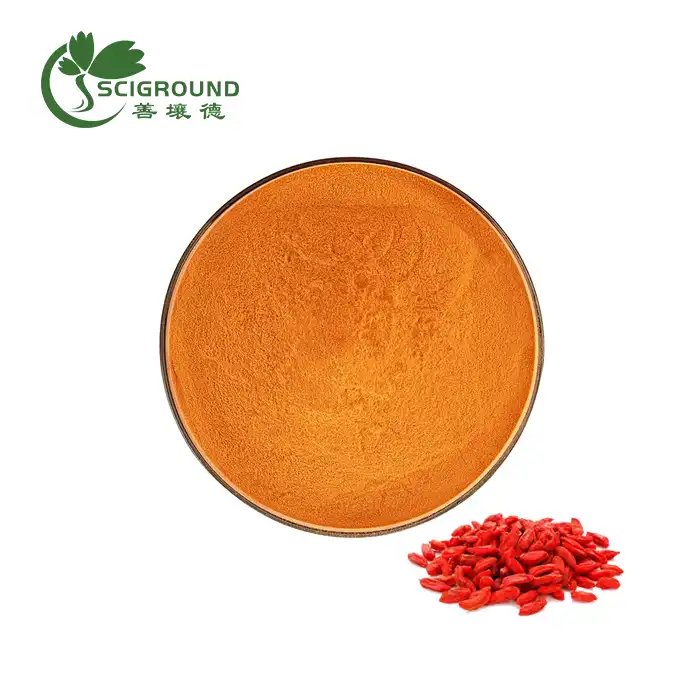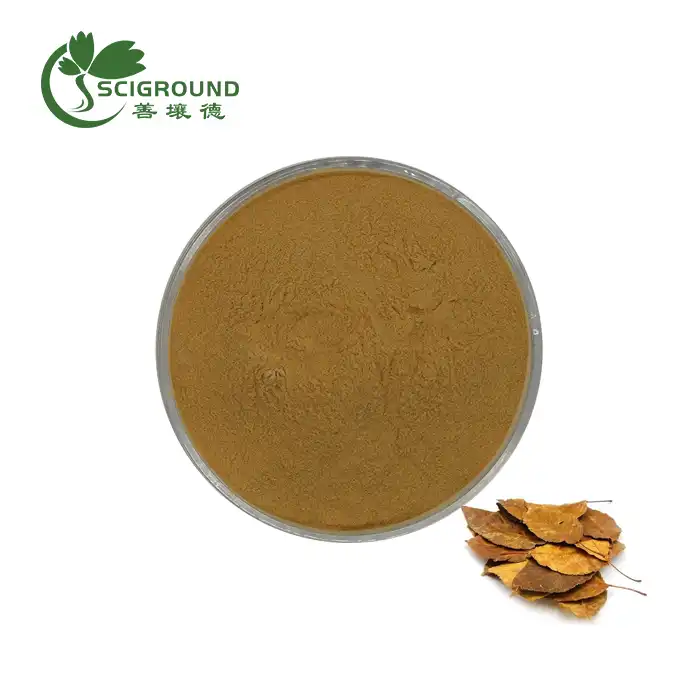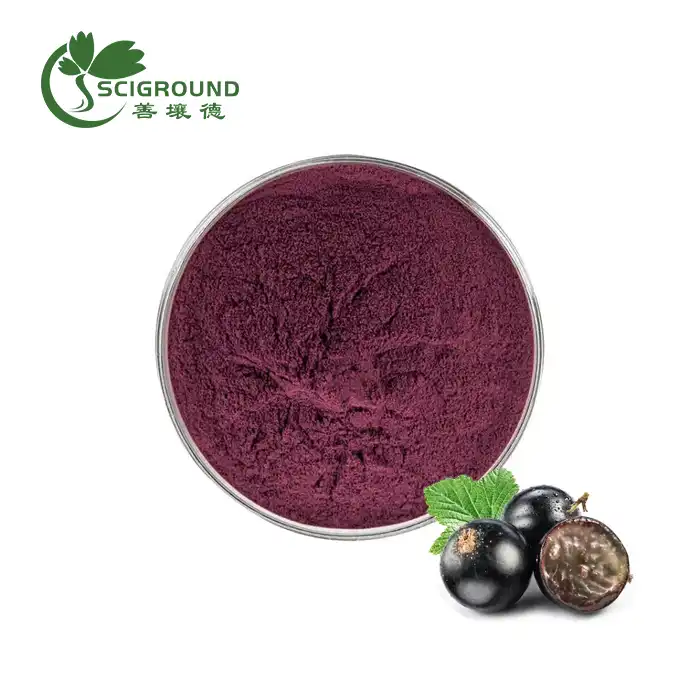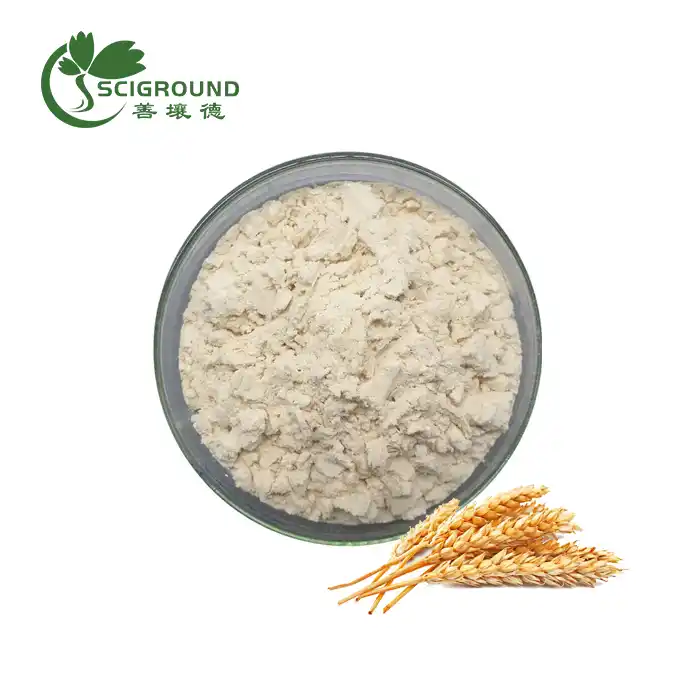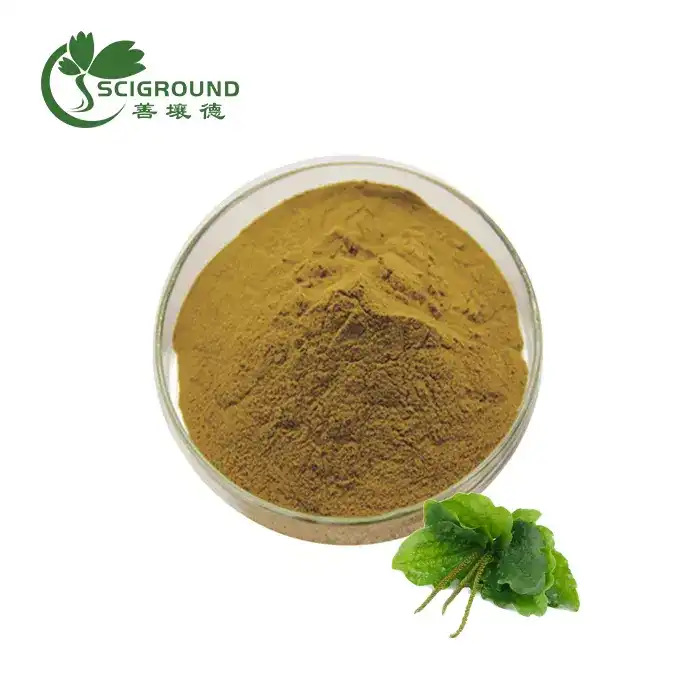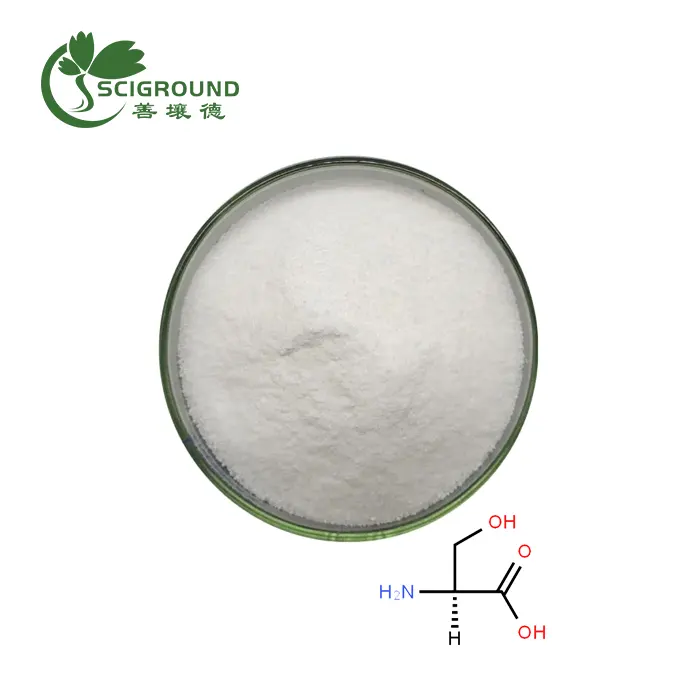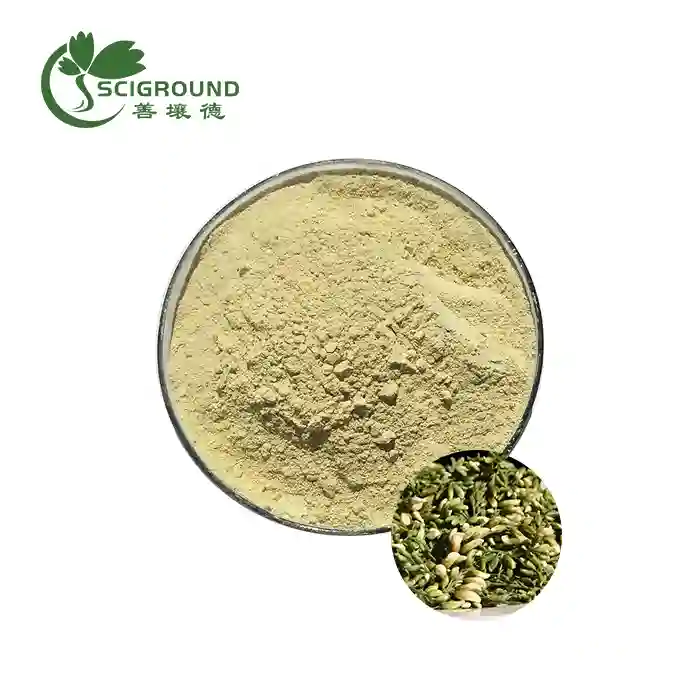Piperine vs Capsaicin
Piperine and capsaicin are both compounds found in peppers that give them their characteristic spicy taste. However, they come from different types of peppers and have some key differences.
Capsaicin is the primary compound that makes chili peppers hot and spicy. It is found in highest concentrations in hot peppers like habaneros and cayenne peppers. Capsaicin has a number of health benefits: it may boost metabolism, reduce inflammation, and even help with pain relief. However, capsaicin can also cause a burning sensation when consumed in high amounts.
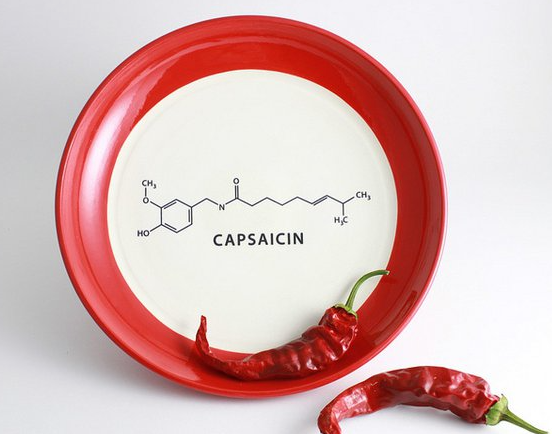
What is piperine?
Piperine is the key alkaloid found in black pepper, derived from black peppercorns. It gives black pepper its distinctive spicy taste. Piperine has been shown to help with digestion, inflammation, and even weight management. Unlike capsaicin, piperine does not cause a burning sensation.
While both compounds provide some similar benefits, piperine and capsaicin come from very different sources. Capsaicin is found exclusively in chili peppers, which belong to the plant genus Capsicum. Meanwhile, piperine comes from black pepper, derived from the Piperaceae plant family. They have similar effects in terms of contributing spiciness, but have significant chemical differences.
Additionally, black pepper does not naturally contain any capsaicin. The spiciness in black pepper comes exclusively from the piperine alkaloids. Some pepper blends may combine black pepper and chili peppers, resulting in a mix of piperine and capsaicin compounds, but pure black pepper will not have capsaicin.
So in summary:
Capsaicin - Found in chili peppers, causes a burning sensation, has health benefits
Piperine - Found in black pepper, enhances spiciness without burning, also has health benefits
Black pepper contains piperine but not capsaicin
The two compounds have some similar effects but are chemically distinct
While piperine and capsaicin share some similarities, they are derived from different pepper sources and have unique chemical profiles and sensory effects. Capsaicin is exclusive to hot chili peppers, while piperine provides the signature spiciness of black pepper through very different biochemical mechanisms.
More Details on Piperine
Piperine is the main active component of black pepper. It is an alkaloid, which gives it its characteristic pungent taste. Piperine makes up about 5-10% of the weight of dried black peppercorns. It can be extracted and isolated through a process called purification, which increases its concentration.
Pure piperine powder appears as a crystalline solid with a light yellowish color. It is made up of the molecule 1-[5-(1,3-Benzodioxol-5-yl)-1-oxo-2,4-pentadienyl] piperidine, which has the molecular formula C17H19NO3.
Piperine is derived from Piper nigrum, or black pepper plants, which originate from regions in India and Southeast Asia. The piperine alkaloids are concentrated mainly in the outer fruit layer of peppercorns. That is why black pepper is spicier than white pepper, which has this outer layer removed.
The spicy, pungent flavor of piperine stimulates taste receptors in the mouth and digestive system. This produces sensations of heat and biting, similar to capsaicin in chilies. However, piperine does not typically cause an intense burning feeling.
Along with contributing flavor, piperine has other unique properties. It has been studied for its bioavailability enhancing effects. This means that consuming piperine may increase absorption and bioavailability of other nutrients and beneficial compounds.
Some studies indicate piperine may help improve bioavailability of curcumin, selenium, beta carotene, vitamin B6, and more when consumed together. It is thought to help retain nutrients during digestion through effects on liver enzymes and transport proteins. More research is still needed to fully understand piperine's absorption enhancing properties.
Overall, as the main component of black pepper's signature spiciness, piperine provides a biting, peppery flavor along with potential bioavailability benefits. It is a distinct alkaloid unrelated to the capsaicin found in hot peppers.
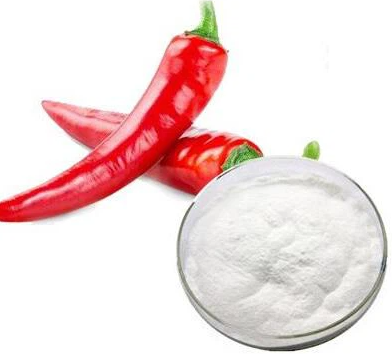
What is capsaicin?
Capsaicin powder is the most well-studied compound that gives hot peppers their spicy kick. It is produced naturally by chili peppers to deter mammals from eating them. The intensity of capsaicin varies significantly between different pepper varieties.
Capsaicin is a derivative of vanillylamine and has the molecular formula C18H27NO3. Its full chemical name is 8-methyl-N-vanillyl-6-nonenamide. The structure of the molecule binds to pain receptors in mammals, which produces inflammatory effects and the sensation of heat and burning.
Plants in the genus Capsicum produce capsaicin, including popular hot pepper varieties like jalapeños, habaneros, cayenne, etc. Capsaicin levels are concentrated most densely in the inner ribs and seeds of chili peppers. Pepper varieties are rated on the Scoville scale according to their capsaicin content. Bell peppers do not contain any capsaicin.
When ingested, capsaicin binds to sensory receptors called TRPV1 receptors. This triggers the feeling of heat and pain associated with spicy foods. Capsaicin also increases thermogenesis, which raises energy expenditure and metabolism after consumption.
With moderate intake, capsaicin can provide several health benefits. Studies show it may have anti-inflammatory, antioxidant, and pain-relieving effects. It also boosts metabolism and helps appetite control. However, capsaicin can cause burn-like pain if too much is consumed, especially in those unaccustomed to spicy foods.
Capsaicin is used medicinally in topical creams and patches for temporary pain relief. It is also used in self-defense pepper spray due to its inflammatory effects on the eyes, mouth, and skin. Pure capsaicin extract rates around 16 million Scoville heat units.
In summary, capsaicin is the signature compound in hot chili peppers that provides spicy heat through its action on pain receptors. It has a very different chemical structure from piperine in black pepper.
Key Differences between Piperine and Capsaicin
Source - Piperine comes from black peppers, capsaicin comes from hot chili peppers
Chemical structure - Piperine contains piperidine, capsaicin contains vanillylamide
Taste effects - Piperine is pungently spicy, capsaicin causes burning heat
Absorption benefits - Piperine may enhance bioavailability, capsaicin does not
Medicinal uses - Piperine used for digestion, inflammation; capsaicin topical for pain
Degree of heat - Piperine is mildly spicy, capsaicin can be intensely hot
While they both contribute spiciness to peppers, piperine and capsaicin have distinct sources, chemical profiles, and pharmacological effects. Black pepper contains only piperine, while chili peppers contain capsaicin.
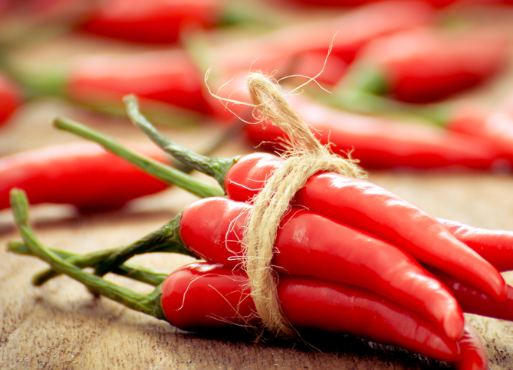
Capsaicin Benefits
Here are some of the main benefits associated with capsaicin consumption:
Boosts metabolism - Eating foods with capsaicin may increase energy expenditure and fat oxidation. This calorie and fat burning effect helps boost metabolism.
Suppresses appetite - Capsaicin activates receptors in the stomach that signal feelings of fullness and satiety. This leads to lower calorie intake and helps control appetite.
Anti-inflammatory effects - pure Capsaicin powderhas natural anti-inflammatory properties and helps inhibit inflammatory cytokines. This provides relief from inflammatory conditions.
Increases thermogenesis - Capsaicin increases heat generation in the body, helping burn more calories after consumption through increased thermogenesis.
Analgesic properties - When used topically, pure Capsaicin helps provide temporary pain relief from muscle aches, joint pain, and nerve pain.
Cardiovascular benefits - Studies show capsaicin may help improve blood flow, lower blood pressure, and reduce LDL cholesterol. This supports heart health.
May support gut health - Emerging research indicates capsaicin may help increase healthy gut bacteria. It also stimulates gastric juices supporting digestion.
Contains antioxidants - Peppers with capsaicin are high in antioxidant carotenoids like beta carotene and vitamin C, which reduce oxidative stress.
Consuming capsaicin in moderation offers a variety of health benefits. However, these need to be weighed against potential adverse reactions if intake is too high, especially for those unaccustomed to spicy foods.
Piperine Benefits
Some of the main potential benefits associated with piperine include:
Enhances bioavailability - Piperine may substantially increase absorption and bioavailability of many nutrients, supplements, and medicines when consumed together.
Anti-inflammatory - Like capsaicin, piperine has natural anti-inflammatory effects. It inhibits inflammatory enzymes and pathways in the body.
Supports digestion - Piperine stimulates digestive enzymes and gastric juices. This aids digestion, especially of protein, carbs, and fats.
Antioxidant effects - Piperine demonstrates antioxidant activity, helping reduce oxidative stress and conferring neuroprotective effects.
May boost metabolism - Early studies indicate that piperine may help increase metabolic rate, fat burning, and weight management like capsaicin.
Neuroprotective properties - Via antioxidant effects, piperine may help improve cognition, treat depression, and reduce neurodegeneration.
Lowers cholesterol - Piperine consumption helps lower LDL cholesterol and lipid levels in the blood, supporting heart health.
Antimicrobial effects - Piperine has been shown to have antimicrobial properties particularly against colonies of E. coli bacteria.
Piperine is generally recognized as safe with few side effects. It provides antioxidant, anti-inflammatory, and absorption benefits when consumed via black pepper or as a supplement.
Frequently Asked Questions about Capsaicin
Here are answers to some common questions about capsaicin:
Q: What foods contain capsaicin?
A: Capsaicin is exclusively found in peppers from the genus Capsicum, including chili peppers, jalapeños, habaneros, cayenne peppers, etc.
Q: What makes a pepper spicy hot?
A: The compound capsaicin is what makes chili peppers taste spicy hot and create a burning sensation. Peppers with higher capsaicin content are hotter.
Q: Are bell peppers spicy?
A: No, bell peppers do not contain any capsaicin and are not spicy. They belong to the Capsicum family of peppers but do not produce capsaicin.
Q: Can you develop a tolerance to capsaicin?
A: Yes, regularly eating spicy capsaicin-rich foods can help build up a tolerance, making the spicy sensation less intense over time.
Q: Is capsaicin safe to eat?
A: In moderation, capsaicin consumption through spicy foods is generally recognized as safe by the FDA and provides health benefits. Very high amounts may cause temporary burning symptoms.
Q: What helps relieve discomfort from eating something too spicy?
A: Dairy products, bread, rice, aloe vera, and sugar can help balance the burning sensation. Avoid drinking water alone which spreads the capsaicin.
Q: Does capsaicin have anti-cancer potential?
A: Some early studies suggest capsaicin may help fight cancer by inducing cell death in certain types of cancer cells. But more research is still needed.
Q: Can you use capsaicin creams if you have an open wound?
A: No, capsaicin creams should not be applied to broken skin or open wounds as this can cause severe irritation and burning.
Q: Are capsaicin supplements safe?
A: Oral capsaicin supplements may cause gastric irritation or upset stomach in some people. Topical creams and patches are safer ways to use capsaicin.
References:
McCleane, G. J. (2020). Topical Application of Capsaicin for Management of Neuropathic Pain. J Pain Palliat Care Pharmacother. https://doi.org/10.1080/15360288.2020.1869778
Ludy, M.J. & Mattes, R.D. (2011). The effects of hedonically acceptable red pepper doses on thermogenesis and appetite. Physiol Behav. 102(3-4): 251-8. https://doi.org/10.1016/j.physbeh.2010.11.018
Chaiyasit, K. et al. (2009). Pharmacokinetic and the effect of capsaicin in Capsicum frutescens on decreasing plasma glucose level. J Med Assoc Thai. 92(1):108-13.
Bharadwaj, R. et al. (2020). Piperine- Bioavailability Enhancer. Indian J Pharm Sci. 82(3):388–397.
Pawar, R.S. et al. (2012). Piperine, an alkaloid from piper species as a potential inhibitor of human cytochrome P450 1A2. Phytother Res. 26(12):1742-5. doi: 10.1002/ptr.4690.
About Author

Celine Xu is a botanist with over 15 years of experience researching and developing plant extracts for nutritional and pharmaceutical applications. She leads an R&D team focused on identification, cultivation and extraction of medicinal plants. Celine Xu earned a Ph.D. in Plant Biology has authored numerous articles in peer-reviewed journals about the health benefits of specific phytochemicals. She frequently speaks at industry conferences about new developments in plant extract research. Celine Xu is dedicated to advancing the scientific understanding of how targeted plant compounds can be used to improve human health.
Related Industry Knowledge
- What is Orange Juice Powder?
- Why is Rice Protein Powder Good for You
- Which is better quercetin or fisetin?
- What is L-theanine powder used for?
- are potatoes a good source of protein
- Is it safe to take creatine in bulk?
- What is Lion's Mane Mushroom Extract?
- Is Capsaicin Soluble in Water?
- Vitamin b1 vs b2
- Unveiling the Potential Benefits of Stephania Extract: A Comprehensive Guide
